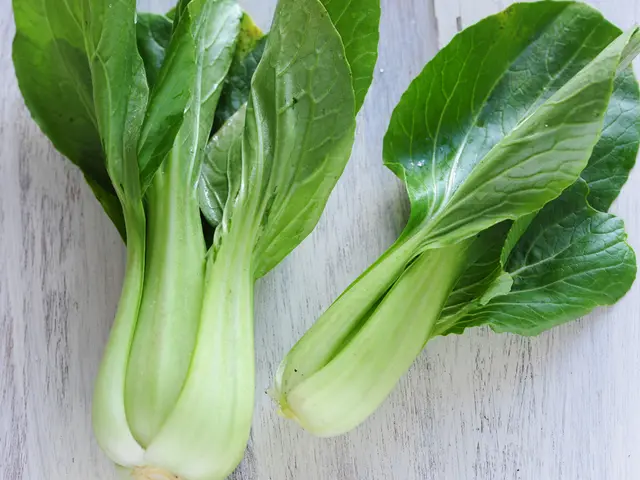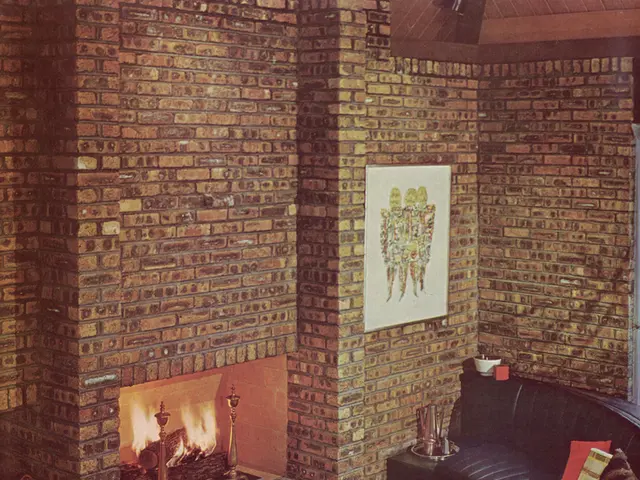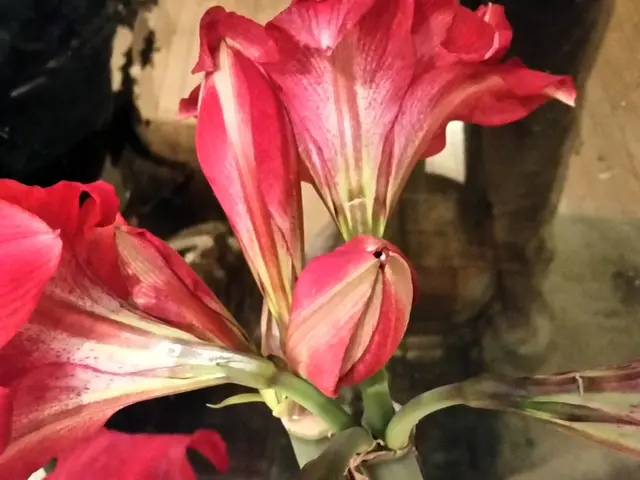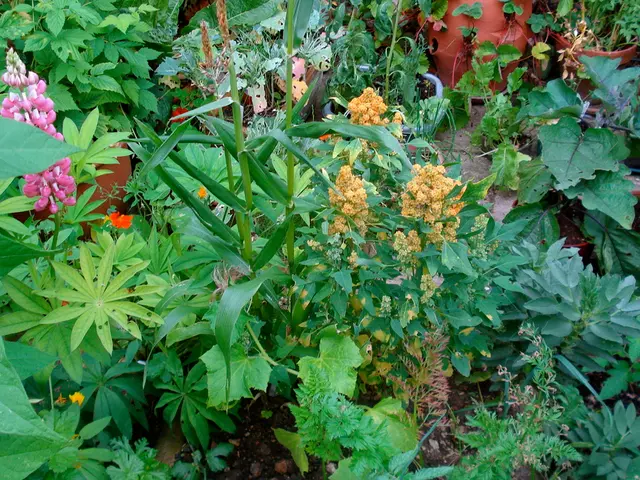Insect Repellent Qualities of Yellow Light Bulbs Investigated
Cheer Up Your Evenings Without the Buzz:
Embrace the soothing glow of your front porch after a long day, not the unwelcome dance of insects circling the porch lights. While we've traditionally thought lights attract bugs due to their moonlight mimicry, some lights pull in more little visitors than others. Do yellow light bulbs really keep insects at bay? Let's dive into the research to see if this claim stands.
Why Lights Enchant Insects – And Why That's Not Ideal
Scientists speculate that night-time winged creatures are drawn to lights because they mimic the moon. A recent study shows that insects aren't literally attempting to fly into the light but are, in essence, using it to theme their flight posture[1]. Insects can get trapped in a loop around lights or crash into solid objects.
Having moths and mosquitoes swarming around our heads is a nuisance, but the potential harm goes beyond mere annoyance. Insect populations are dwindling, and this decline can impact ecosystems all the way up the food chain. Research suggests that 30 to 40 percent of insects that approach street lights expire from collisions, predation, overheating, or dehydration[2].
The Magic of Yellow Bulbs
So, do yellow light bulbs really repel insects? No, but they do attract fewer insects. Blue and ultraviolet light, on the other hand, are magnets for insects[1]. LED lights filtered to emit yellow hues or amber light attract even fewer insects[2]. (Red light may deter more bugs, but it's less effective at illuminating your surroundings)[3].
How to Pick the Perfect Yellow Bulb
The yellow bug lights commonly available in stores usually have a color temperature between 2,000 and 2,700 kelvins. The lower end of this spectrum provides an orangey, amber light, which attracts the fewest winged guests[2]. If you prefer a brighter yellow, you can still minimize insect visitors.
Additional Tips to Keep the Bugs Away
- Turn off your porch lights or use a timer to conserve energy, reduce light pollution, and deter insects when you don't need the lights.
- Install a ceiling fan or portable fan to create a brisk breeze while you're outside to deter mosquitoes.
- Keep standing water to a minimum in your yard to make it less inviting for mosquitoes. Dump out saucers under flower pots, toys, watering cans, and any other water sources after every rainfall[4].
editorial guidelines:1. Fabian, S.T., Sondhi, Y., Allen, P.E. et al. (2024). Why flying insects gather at artificial light. Nat Commun, 15(1), 689.2. Owens ACS, Lewis SM. (2018). The impact of artificial light at night on nocturnal insects: A review and synthesis. Ecol Evol., 8(22).3. Deichmann, J.L., Ampudia Gatty, C., Andía Navarro, J.M., Alonso, A., Linares-Palomino, R. and Longcore, T. (2021). Reducing the blue spectrum of artificial light at night minimises insect attraction in a tropical lowland forest. Insect Conserv Divers., 14, 247-259.4. Enrichment Data: Additional Tips to Keep the Bugs Away: Mosquitoes are often attracted to people instead of lights. To make your yard less appealing to mosquitoes, avoid letting standing water accumulate. After every rainfall, drain standing water from any sources, such as flower pot saucers, toys, watering cans, and other water-holding items.
- For a more tranquil and eco-friendly outdoor space, consider the cultural and lifestyle shift towards gardens that attract fewer pests, such as those employing gardening ideas inspired by Southern Living.
- Engage in various activities and entertainment inspired by outdoor recreation, like bird-watching or identifying local animals and wildlife, rather than relying solely on artificial lights for evening leisure.
- Embrace the beauty of home-and-garden projects, like planting bulbs and cultivating gardens, to foster a connection with nature and reduce the need for extensive lighting.
- Be observant of potential plant problems and take steps to address them, such as removing directly affected areas and monitoring for signs of garden pests.
- Incorporate LED bulbs filtered to emit yellow hues or amber light in your outdoor-living spaces to minimize insect visitors and reduce the impact on local ecosystems.
- To conserve energy and prevent dehydration, implement a creditline strategy that allows for occasional turn-offs of outdoor lighting when not in use, or better yet, utilize a timer to automate the lights.
- Maximize the benefits of lifestyle choices in outdoor-living and home-and-garden spaces by considering the long-term effects on animals, insects, and the environment.
- Maintain a harmonious balance between beauty and sustainability by embracing the principles of lifestyle enhancements like Southern Living's outdoor-living ideas, which prioritize respect for local ecosystems and the welfare of all inhabitants.







